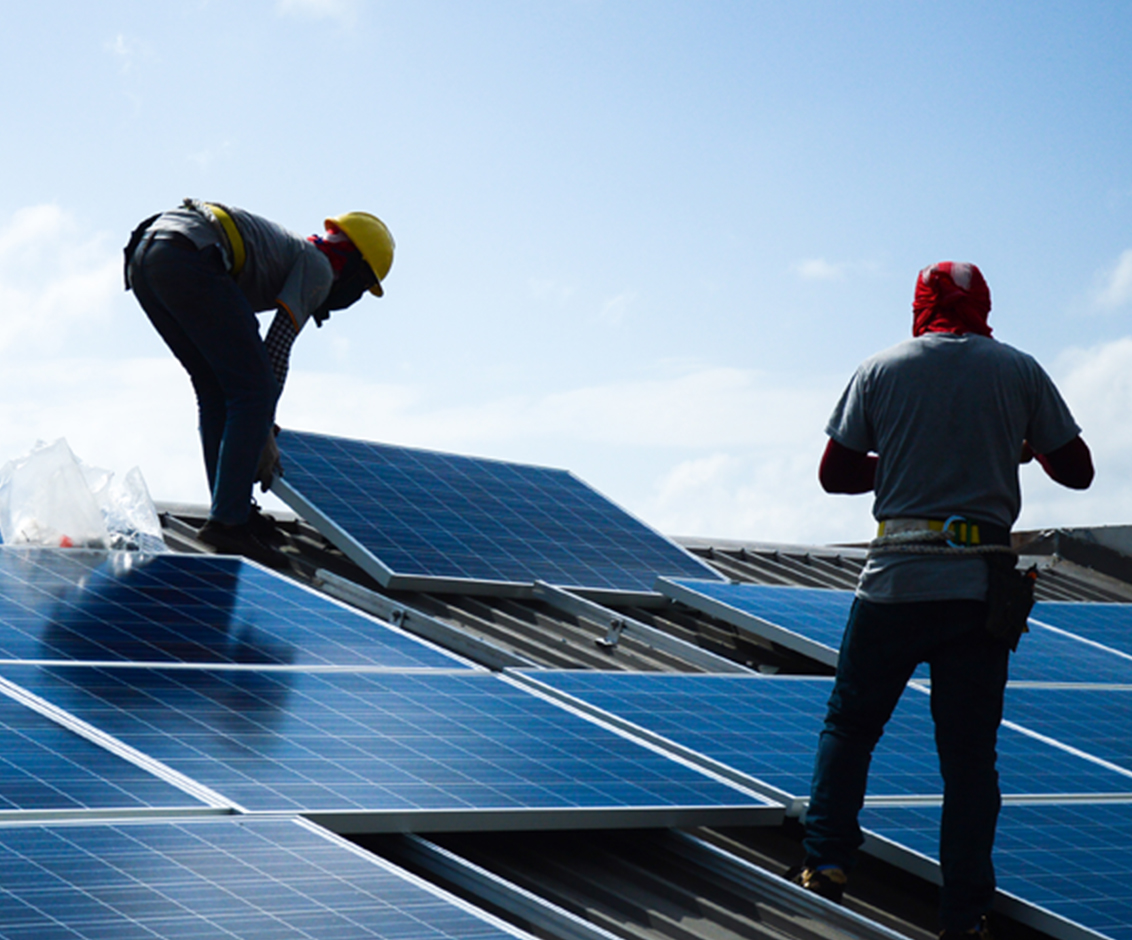Many people’s first image of solar energy is a sunny summer day—meanwhile, many question whether solar panels will continue to be effective once winter arrives. You are not alone if you have wondered if your system can manage fall and winter conditions. The truth is—yes, solar panels do function in colder months. You could be shocked, in fact, by their efficiency.
Let us review how solar performs when the sun hides, the air gets colder, and snowfall begins. You will learn how to maximize your setup regardless of the season.
Knowledge of Solar Panel Fundamentals
Understanding solar panel operation will help one better appreciate seasonal performance. Solar panels fundamentally gather sunlight and convert it into electricity. They need light; they do not need heat. Thus, they may still operate on chilly days and even when the sun is not quite overhead.
Most solar systems are also made to gather direct and indirect sunlight. Therefore, shorter days or foggy skies do not limit energy generation. Although the output could drop, your system does not turn off in the cold.
Do Solar Panels Make Sense in Fall?
Fall marks a change of season. The sun still shows up even if the days get shorter. Moreover, solar panels might perform better in cool air even if the temperature falls. Why is this? Electronics often run more effectively in cooler temperatures.
Trees also start to drop leaves, which lessens rooftop shadow. This increases the light your panels gather compared to summer, when tree cover blocks the sun. Therefore, the performance does not drop off a cliff even though the hours of sunlight are shorter.
Fall is a fantastic time to see how effectively your system responds to minor seasonal variations. It allows you time to be ready for winter and acts to maintain constant solar performance.
Winter: What Transpires?
Winter offers difficulties. Fewer daylight hours, a gloomier sky, and, in certain areas, plenty of snow abound. Notwithstanding all that, solar panels are still producing electricity.
One great fallacy is that snow shuts down solar output.
False. Under light snow, panels still absorb energy.
Sunlight could take some time to reach the panels again in thick snow. But since solar panels are usually angled, snow slides off readily—especially when the sun is shining.
Reflective light from snow can bounce up and assist your panels in gathering more sunshine, even on snowy days. In certain situations, that reflection effect does indeed improve performance.
Not to mention that many winter days are sunny but frigid—perfect for effective electricity generation. Thus, getting ready for the season would be more beneficial than worrying about it.
Typical Difficulties During the Cold Months
Solar energy is generated in the winter; hence, minimal factors influence its performance. Keep in mind the following:
- Shorter Days: Less time for gathering energy naturally results from fewer daylight hours.
- Cloudy Weather: Though panels still collect indirect light, overcast skies lower sunlight.
- Snow Buildup: Panels may be momentarily blocked by heavy snowfall. Usually, light snow melts or slides off.
- Energy Use Spikes: Many homes run more lights and heating in winter, using more electricity.
These are ordinary and controllable. Once you know the elements, you can act to maintain your system’s effective running performance.
Easy Methods to Increase Solar Performance
It does not follow that your system cannot function well just because the season changes. These pointers help to enhance solar efficiency in fall and winter:
- Promptly Clear Snow
Use a solar panel-specific soft brush or snow rake. Snow removal done gently will help your panels return to action quickly.
- Cut Fall Tree Trimmers
This helps you cut shadows in the winter when every bit of light counts. It also reduces the likelihood of branch falls.
- Check Energy Consumption
Consider your electricity usage in the late evening. To decrease waste, you can change routines or include energy-efficient appliances.
- Apply battery storage.
If you have solar batteries, save extra energy from sunny days to use at night or under cover from clouds. This provides backup electricity should production fall.
- Maintaining cleanliness of panels
Winter grime and fall leaves can obstruct sunlight. A light clean can help panels absorb more light. Just be sure calling a professional or accessing the roof is safe.
In colder months, will you save money?
Surely, your solar system lowers energy costs even with lower production. Though every bit helps, you might not save as much as in summer.
Several places also provide net metering. Any additional electricity you create in the sunny months flows into credits you can apply in the winter. This is a clever approach to counter seasonal variations.
Thus, if you are concerned about savings in colder months, keep in mind that solar is a long-term investment. The system is expected to operate year-round.
Making Ahead Plans: A Wise Action
Fall is an excellent season to install solar panels if you are considering it.
The following explains:
Why you’ll be ready for high winter electricity bills:
- Installers are more plentiful than during the summer rush.
- Before the peak cold sets in, you will begin accumulating credits and savings.
- Fall and winter also help you test your system early on.
You can more easily trust its value if you observe how it functions in less-than-optimal situations.
The Balance Point
Indeed, fall and winter find solar panels working. Though they might not be as powerful as long summer days, they remain a dependable, environmentally beneficial energy source.
Thoughtful planning, routine maintenance, and a few tweaks will let you enjoy solar electricity all year. Your solar system is stronger than it seems; don’t let the clouds or snow fool you. So, let the leaves drop and the snowflakes fly. Your solar panels are ready to radiate through all.

